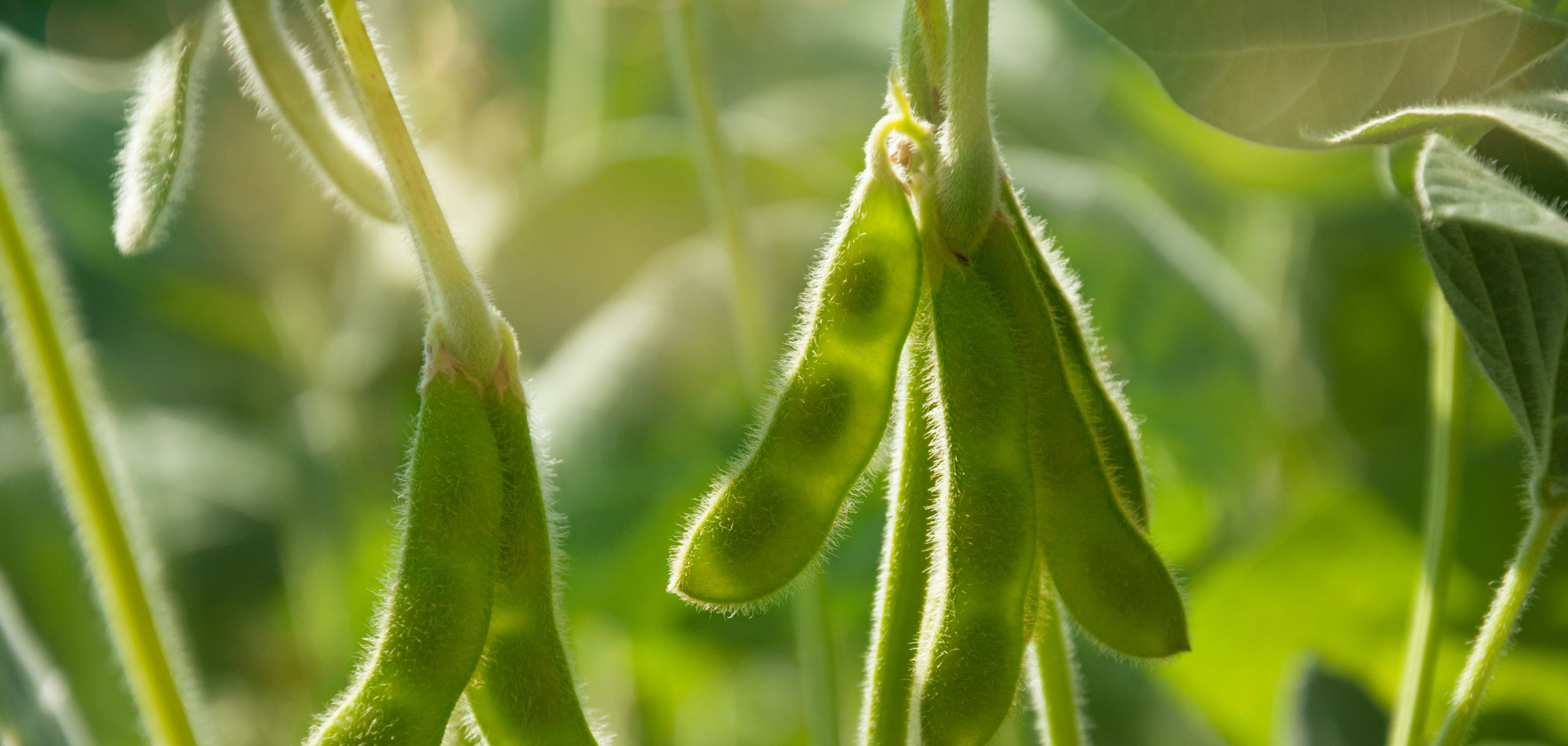
TILAPIA POND FEEDING DEMONSTRATION TRIALS IN ABBASSA AND KAFR EL-SHEIKH, EGYPT
Category: Aquaculture
Region: Middle East & North Africa
DownloadThe objective of this feeding trial is to demonstrate the growth and economic performance of mixed sex and monosex Nile tilapia from fingerling to market stages using the ASA-IM feed-based pond production model and a soymeal-based, all-plant protein feed. And also to replace locally produced fish meal by imported soybean meal in diets for Nile tilapia in pre-fertilized ponds. The triall was conducted under two different farming conditions in two geographical locations in Egypt.
1) The first location was at the heart of the largest tilapia producing area in Egypt called Kafr El-Sheikh which alone produces about 50% of the total aquaculture Tilapia production (around 120,000 metric tones). The trial was implemented on a farm owned and managed by the most prominent and innovative fish farmer in Egypt, Dr. Ismail Radwan who is also the chairman of Kafr El-Sheikh Fish Farmers Association and is a graduate of Auburn University, USA
•In this farm monosex all-male Nile tilapia fingerlings Averaging 25 g initial body weight were stocked into nine earthen ponds (0.15 ha each) at the rate of 40,000 fish per hectare (4 fish/m2) on April 1st 2006. Water depth for all ponds was around 1.5 m. The nine demonstration ponds were treated identically in all aspects to minimize variability and provide the farmer with an accurate assessment of average farm production that can be anticipated with the demonstrated technology and feed.
•Three different diets were used in this trial as follows:
a) 25% C.P. Commercial diet with fish meal as one of its ingredients.
b) 25% C.P. diet with all-plant protein source (soybean)
c) 32% C.P. diet with all-plant protein source (soybean)
Feeds were prepared in an extruded, floating pellet form.
•Each of the three diets was randomly assigned to a group of three ponds. On June 6, 2006, experimental feeding started. Fish were fed to satiation twice daily using the ASA-IM 90% satiation feeding technique (ref. section II.4). It is important to mention that average fish body weight was 58 grams at the time of starting the experimental feeding.
•Sampling of the fish population in each demonstration pond was carried out monthly on approximately the same date each month to monitor fish growth and adjust amounts of feed to be fed. All sample data were recorded in the feeding trial record book.
•The following figure illustrates the average body weight of Nile tilapia obtained during the different samples conducted during the culture period prior to final harvest.